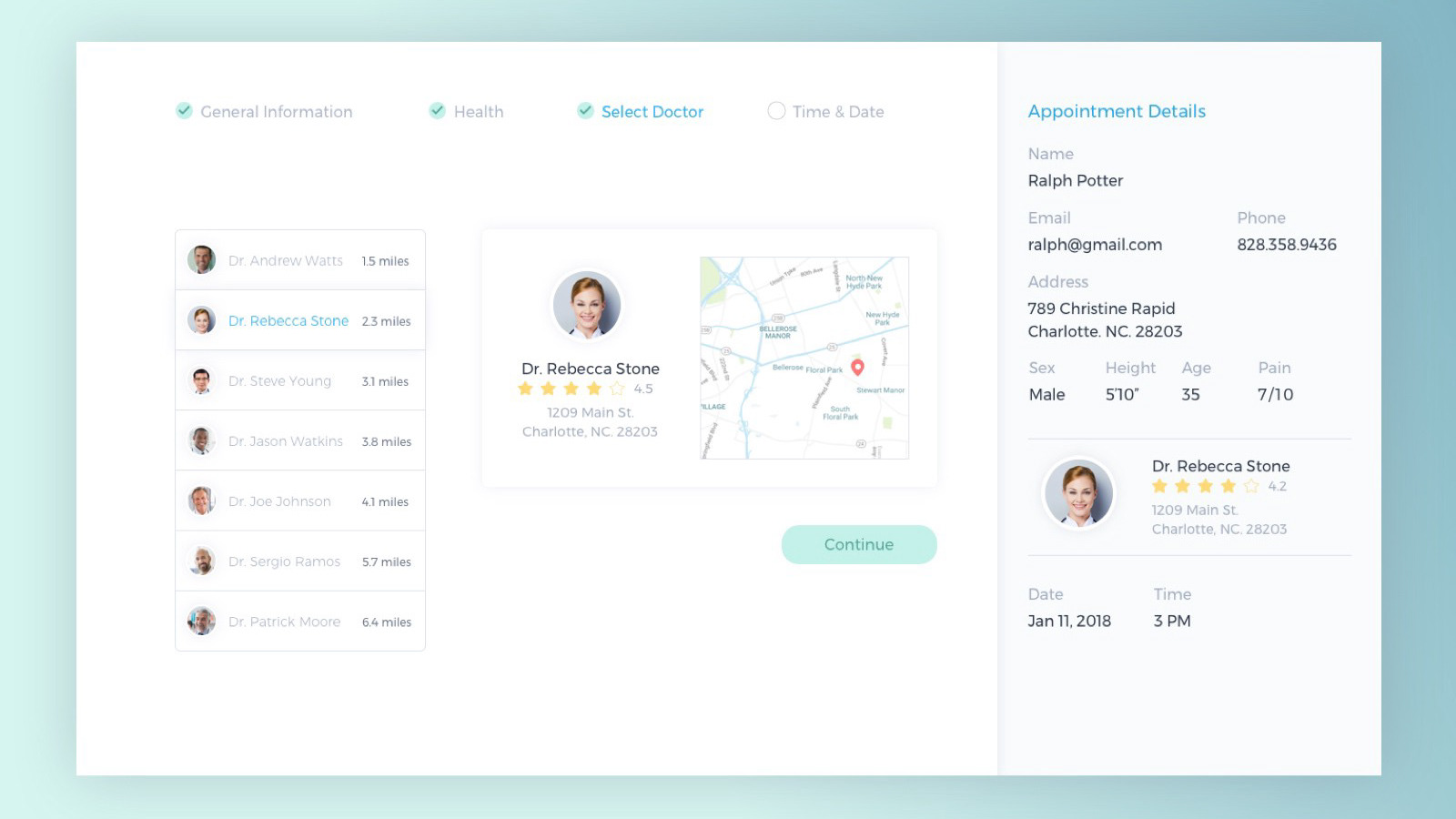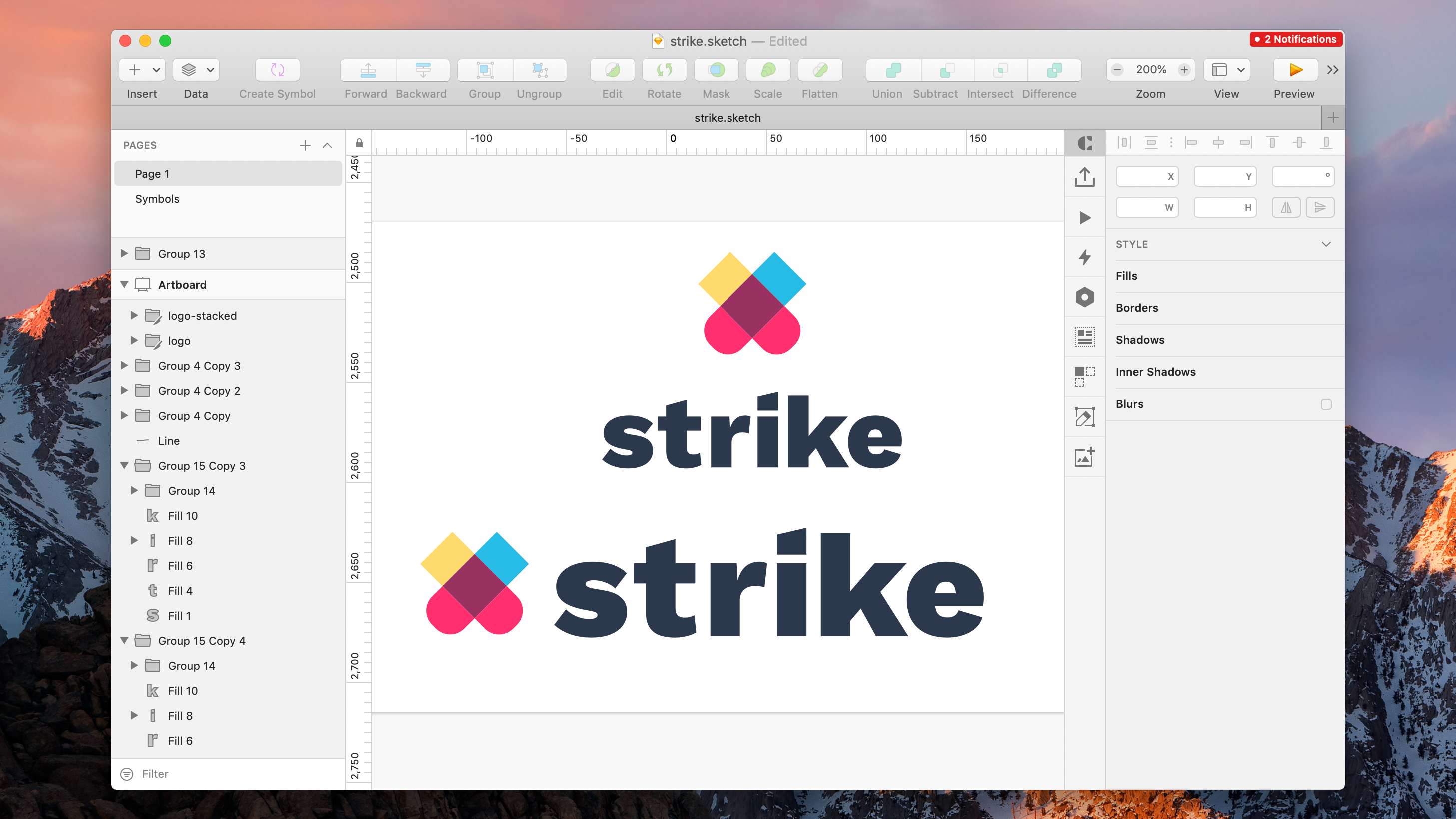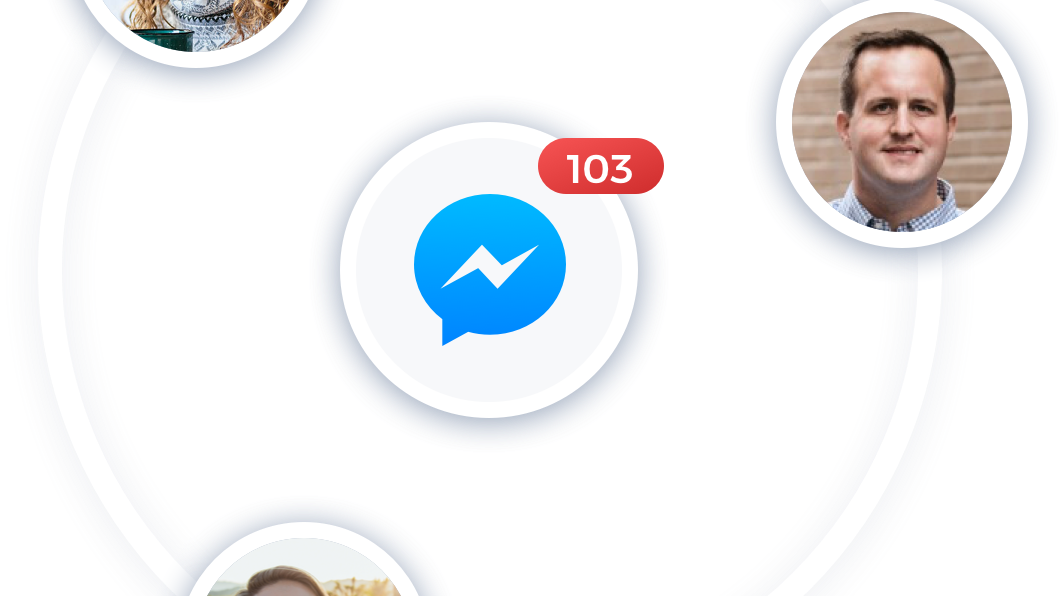Overview
Torch provides scalable coaching for leaders at high growth tech companies.
Torch was founded by an experienced team of entrepreneurs, executive coaches and psychologists who are passionate about helping enterprises grow their leaders. Built for scale, our innovative model blends the high-impact craft of coaching with state-of-the-art software and behavioral science for a results-based leadership development solution.
My Role
I joined Torch right after YCombinator and with $2M in the bank decided to embark on a journey of building a product that would be used by some of the most elite leaders in the tech industry. I put on my 🦄 hat and jumped right in. We had a small engineering team and I was the sole designer. The previous design work was done by a contractor. The product pretty much looked and felt like an MVP. Here is what it looked like before I joined the team.
This is what I walked into 😬
The Next 6-Months
Our most significant selling point was the quality of our coaches. Initial research revealed that clients weren't actually using the software, and were primarily using the platform just to connect with their coaches. The UI was very inconsistent and caused more confusion than anything. The above screenshot shows the initial "Learning Goals" experience. Our high-level goals were:
1. Show coachee progress via learning goals
2. Make it incredibly easy to create, track and manage Learning Goals
3. Improve Learning Goal value to increase user appreciation and usage
The first version of Learning Goals
All actions within the LG are to help the client improve in that specific domain. The clients at a glance could see all their active LGs and how they are tracking. The core metric, "growth points" helps identify which goal they need to focus on. Coaches had more visibility of progress as well with the ability to see the rate of improvement.
Current version of Learning Goals
Process
I conducted a few workshops to gather insights. I created an Experience Map for various personas to help find and uncover pain points at high-growth tech companies. Our product is unique in the sense that we have various different users: coaches, clients, learning & development leaders, HR, managers, etc. They all interact and have different needs and require different levels of information to make important organizational decisions.
I created personas for the three primary users along with mental models and empathy maps to help with context. This helped uncover many things that were missed in the initial product launch. One, for example, is how our 360 Surveys are too lengthy without priming the users on the expected time required to complete. We found that most of these tasks were done asynchronously and during employees' lunchtime. So we created a backlog for our existing 360 survey feature.
With limited resources, we had to focus on fixing Learning Goals first.
What if LGs were kanban style?!
I like to work backward from "perfect". So asking "what is the main problem we are trying to solve" is normally heard coming out of my mouth. Users wanted to track progress across their open LGs and this compact row of cards allowed that. Previously, learning goals displayed visuals that supported the zero to one-hundred completion model. The problem with that model is that it's virtually impossible to apply to all goal types. Your coach can tell you to read a book and yes, you can be at 50% of your goal if you are halfway through the book. If your goal is to make more eye contact with co-workers to help with your listening skills, that is a harder goal to track.
To solve this problem, we brainstormed some ideas and we concluded that we can use the average scores from the 360 Surveys to show "Growth Points". Surveys were sent on a pre-determined cadence to selected peers where each question is based on the Likert Scale [Strongly disagree; Disagree; Neither agree nor disagree; Agree; Strongly agree].
The reasoning behind this decision was based on the idea that the human potential for growth is infinite. We looked at Growth Points similarly to how you would look at a bank account or digital wallet. There are fluctuations between different points in time, and there is also a rate of change. So if a user has continuous growth, we can relay that in the form of a growth rate based on prior growth points.







